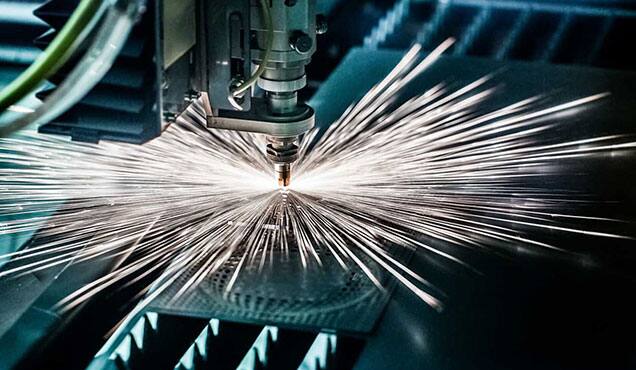
For nearly a decade now, the Internet of Things (IoT) has been
part of a small and select group of transformative
technologies—significant forces of change that owing to their
nature, have altered the way business and industry operate in
basic, fundamental ways.
Yet the mass market’s fascination and ardor for all things IoT
is a more recent phenomenon. And because interest in the IoT
ecosystem has never been greater, new IoT devices seeking to
achieve differentiation and success often focus on the novel or
innovative features they bring to the market.
Originally embodying connectivity properties that enabled them
to communicate, IoT devices have grown increasingly sophisticated
since their inception. In the early days of the internet, dumb
appliances could be instantly converted into IoT devices through
microcontrollers in the appliance, which then joined with its IoT
connectivity source through a wireless low-power network like
Bluetooth or ZigBee.
Today, however, convergence has brought about intelligent
sensing and connectivity, with transformative technologies like
artificial intelligence (AI) and 5G working in tandem with IoT to
unlock technological capabilities in systems and devices never
possible before. AI enables new modes of interaction with IoT
devices while placing into meaningful context accelerated analytics
and data interpretation occurring throughout the IoT ecosystem; and
5G is the linchpin to take technologies to unsurpassed heights of
efficiency and innovation through ultra-fast and ultra-low-latency
connectivity.
In evolving toward such greatly expand functionality, however,
IoT devices have also become more challenging to deploy. At
present, successful use and management of the devices is incumbent
upon the seamless integration of a host of factors, including
security, interoperability, power consumption, and scalability.
Processing power in IoT devices has also grown tremendously in
scope and capability, ranging from tiny, power- and cost-effective
processors for embedded functions that have limited memory and
computing muscle, to high-performance multicore system-on-chip
(SoC) solutions enabled with artificial intelligence for natural
language interfaces and vision applications.
From consumer to industrial
One interesting trend in the IoT space in the past few years was
the rapid growth of consumer devices because their time to market
was fast and furious. In the process, many did not recognize the
opportunities waiting to be utilized in the industrial arena. But
because IoT products are intended for long-term rigorous use, they
also take longer to develop—typically two to three years to
evolve an adoption strategy, and one to two years for time to
market, compared to as little as three to six months for a consumer
product. As a result, it is only now that we are seeing IoT
stepping into its true opportunity, and industrial IoT products are
forecast to outstrip consumer IoT items by as much as two to three
times within the next few years.
Compared to consumer IoT devices, industrial IoT gear have
salient, distinguishing features designed and built into the
equipment to withstand often harsh and unforgiving operating
conditions, including extreme temperatures, isolated locations, and
inhospitable elements. And because critical and safety
considerations are involved in the use of many industrial IoT
devices—especially those deployed in sensitive water and power
utilities or other public-facing sector—they must pass the test
imposed by more onerous requirements relating to the physical
properties of the device, unique power and communications
parameters, and advanced cyber-security protocols.
The ability to meet intense and demanding requirements,
successfully manage industrial connectivity, and optimize
processes—all unthinkable only a decade ago—are now
entirely feasible with today’s industrial IoT devices and
solutions. And with transformative technologies beginning to
coalesce and effect far-reaching change throughout various
industrial spaces, it’s little surprise to find industrial IoT
gaining greater scale and significance as well.
Tom Hackenberg is director and senior principal analyst
for processors at IHS Markit
Posted 3 July 2019